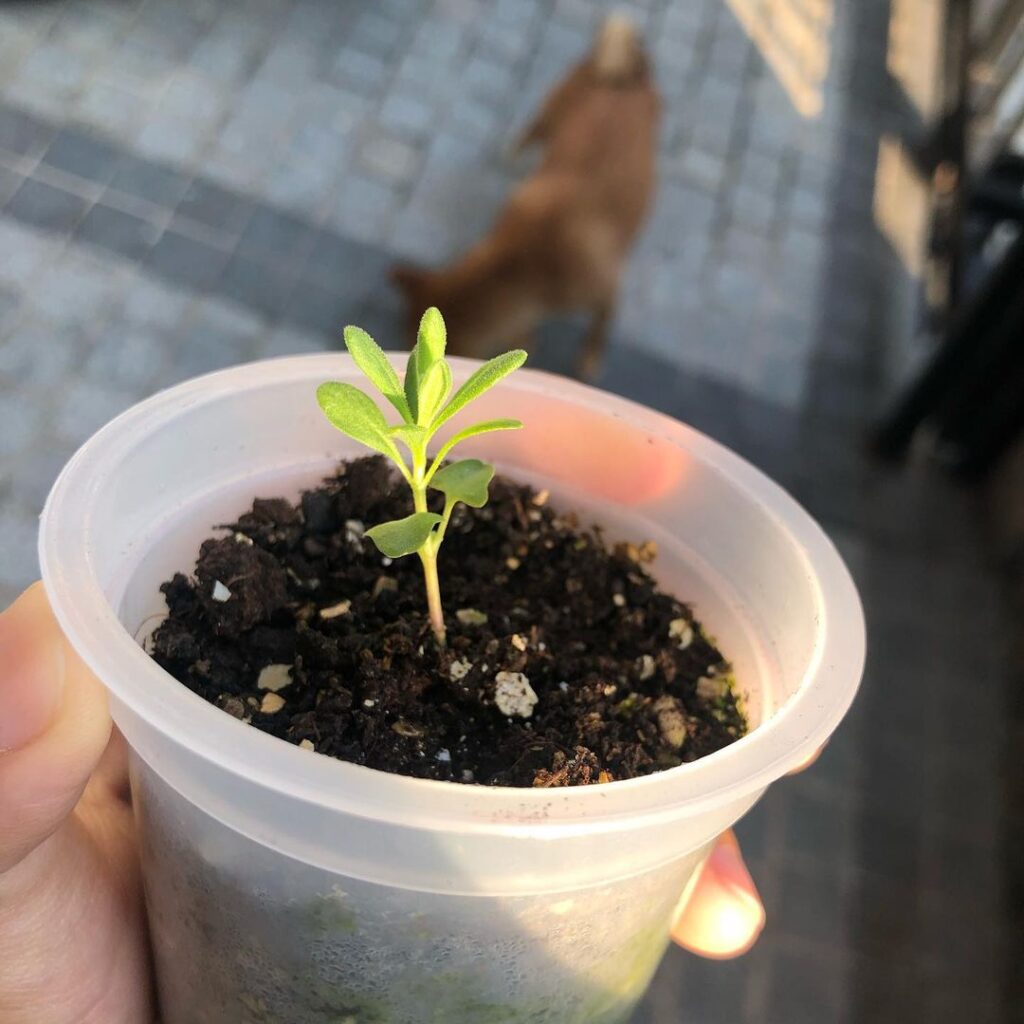Introduction

Lavender is a very rustic plant capable of adapting to different climatic situations. It belongs to the Lavandula angustifolia species and is considered a perennial suffruticose plant species of the Lavandula genus in the Lamiaceae family. This is the most common lavender with aromatic purple flowers and silver-gray leaves. This plant has about 60 species, within which there are many varieties and hybrids.
What are Some of The Species of Lavender Plant?
- Lavender officinalis or common lavender
- Lavandula angustifolia or lavender
- Lavandula dentata
- Lavandula latifolia
- Lavandula stoechas
- Lavandula lanata
- Lavandula viridis
- Lavandula allardii
- Lavandula canariensis
- Lavandula Hybrida
- Lavandula multifida
- Lavandula pinnata
- Lavandula pedunculata
- Lavandula minutolii
- Lavandula bramwellii
- Lavandula buchii
- Lavandula rotundifolia
- Lavandula maroccana
- Tenuisecta Lavandula
- Lavandula rejdalii
- Lavandula mairei
- Lavandula coronopifolia
- Lavandula saharica
- Lavandula antennae

Care Facts
Light
When it is in the garden or outdoors, it is best to place it in the place that receives the most sun during the day, as its light needs are high and ideally it is exposed to direct sun for at least 6 hours. The situation is a bit more complicated indoors, where you should choose the place that receives the most light from outside during the day but in very dry areas or with high temperatures, it is recommended that in the afternoon it is sheltered from the direct sun, although with a lot of light.

Water
You can water it once a week during spring and summer, while in autumn and winter it is enough to do it once every fifteen days, it is best to pay attention to its appearance to know when it needs water: if it is decayed, then it needs watering. In the colder months, the recommendation is to water it in broad daylight to prevent moisture from accumulating at night and to do so directly on the stem without wetting the flowers.
Temperature
Although it is a warm climate plant, it can withstand temperatures between 5º C and 35º C, with an optimal temperature of 15º C to 35º C.

Humidity
The plant dies if the soil remains wet for a long time. If the plant is in a pot, it must drain well as it is a water-hating plant.
Fertilizer
Lavender does not require external fertilization but you can fertilize a little potash around the base of the plants, which will encourage flowering and enhance flower color. Avoid organic fertilizers like manure or high-nitrogen feed because they will make your lavender grow weak and with open stems.

Flowering
The flowers are produced in summer and are blue-violet color. The flowering time of lavender varies from species to species and goes from spring to summer.
Pests
Meligethes (beetles), Sophronia humerella (larvae), cecidomia (fly larvae), dodder (parasitic plant)
Diseases – Common Problems
Phoma (it is a fungus), Armillaria Mellega (a disease caused by a fungus that causes root rot), gray mold (causes rot in the flowers and occurs when the plant is in conditions of high humidity), Rhizoctonia (a disease caused by a fungus that affects the root of the plant causing its death, is detected by the appearance of brown spots on the leaves and stems).

Pot Size
A pot of about 12 to 15 inches in diameter should suffice. In the case that the pot is smaller, in general, the plant will not develop correctly or, at least, not in the way that is so showy and colorful to which we are accustomed.
Poisons Plant Info
The lavender plant itself is not toxic to humans or animals, however, if a dog or cat consumes it in large quantities, it can cause vomiting.

Propagation
Lavender can reproduce throughout the year by cutting a stem and planting it in a clay pot filled with a new substrate, watering it, and placing it in a warm place and in one or two months we will have the cuttings completely rooted. Also, the seed of the flowers can be extracted to plant them, which will germinate between 1 and 3 months later if the conditions of humidity and temperature are good (15ºC) and the irrigation are frequent.

Routine Maintenance
Old plants with thick branches must be cut back to keep their proper proportions. It should be done when the plant does not have a flower, in autumn or spring, and its age must be taken into account.
FAQ
Why are my lavender plant leaves dropping?
As this plant grows generally outdoors, when you suddenly put the plant indoors, it can create an internal system change due to the environmental conditions that cause the leaves to drop.

Why are my lavender plant leaves curling?
This usually happens when the plant does not receive enough light or also because it is suffering from some fungus.
The edges of my plant’s leaves are turning yellow and brown. What can I do?
It can be due to chlorosis (the leaves do not produce enough chlorophyll) or poor water drainage (high humidity). What you should do is let the plant receive sunlight for longer or pay attention to watering.

How often should I fertilize my plant?
The best (and only) time to fertilize lavender is in the spring, at the beginning of the growing season. The easiest and best thing to do is to put 1 cm (2.5 cm) of good compost around the plant.
How often does my plant need to be repotted?
Once in a year, most preferable during the spring season.
Why is my lavender losing saturation in its leaves?
If the plant does not receive enough light, photosynthesis will not commence.
